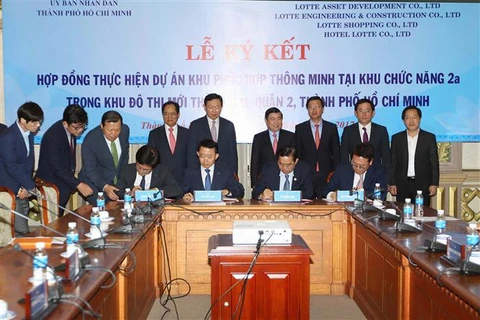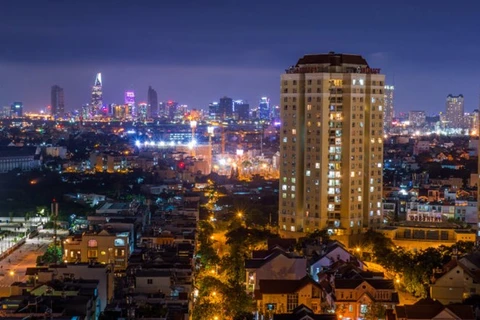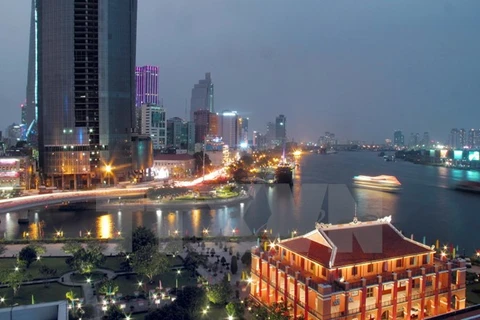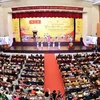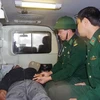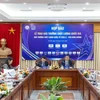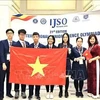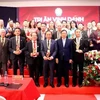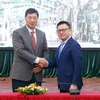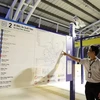HCM City (VNA) – Ho Chi Minh City and military telecom group Viettel signed an agreement on November 17 to develop the southern metropolis into a smart city during 2017-2020.
Under the agreement, Viettel will focus on building an operation centre to control and monitor all of the activities in the city by collecting and analysing data.
The centre will include many sub-centres such as a surveillance camera control centre to monitor streets for crime and traffic violations, an emergency call centre -- similar to the American 911 centre -- for fire and rescue services, an information security operations centre, a public administration centre and an information management centre for the media.
Deputy General Director of Viettel Tong Viet Trung said that all of the information collected and carefully checked and analysed by the operation centre would help the city’s administration make better decisions.
For example, the information management centre for press and media could monitor public reactions to the news to help local authorities act quickly to respond to the public and prevent cases of information crisis.
The centre will ensure the highest security levels for all data collected, especially personal information, he added.
Collaboration between the city and Viettel will also focus on R&D activities including designing and manufacturing microchips and building a start-up supporting centre at the Viettel tower in District 10.
Accoridng to Nguyen Thanh Phong, Chairman of HCM City People’s Committee, collaborating with Viettel in building a smart city is vital to the city as it is working towards sustainable development based on high value-added industries.
He said one of the challenges that hinder the development of HCM City is that the administration’s forecast capacity is quite low.
Therefore, the application of technology in building a smart city would help solve some of the city’s biggest issues.
HCM City’s plan for smart city development is expected to be publicised on November 25.
The city will be organising an international forum on the integrated circuit industry in the coming time to call for investment in the sector.
Regional cooperation
While having to play many roles with limited capacity and resources, HCM City will be plagued with many issues of urban development if it could not strengthen cooperation with neighbouring cities and provinces, experts said.
At a seminar titled "HCM City, towards building a livable city", Prof. Dr. Nguyen Trong Hoa, former Director of the city Department of Planning and Architecture, said HCM City should not try to solve all the urban development issues on its own, but instead reach out for regional cooperation.
“I think HCM City does not have to become a megacity with 15-20 million citizens in the coming years. Instead, it should enhance regional cooperation to develop nearby urban areas.
“If regional cooperation is strengthened, Binh Duong, Long An and Dong Nai provinces can offer great support. In these provinces, there are many social housing projects which cannot find customers. HCM City should not take on many things at the same time, which will lead to the increasing of migrant workers, thus putting more pressure on itself.”
Dr. Nguyen Thi Hau, Deputy General Secretary of the Vietnam History Association, agreed with Prof. Hoa, adding that regional cooperation is hindered by differences in land ownership among HCM City and its neighbours.
If the attitude is, “what I do on my land is not the business of others”, regional cooperation would be hard to achieve, she said.
Le Quoc Hung, deputy head of Southern Institute for Spatial Planning, said that international experts from Europe and the US have suggested the city adopt a regional development and planning approach and should not only look within its administrative boundaries.
Architect Khuong Van Muoi said the city should confront its weaknesses to adjust the development plan.
At the moment, it should tackle the two issues of congestion and urban flooding.-VNA
VNA

